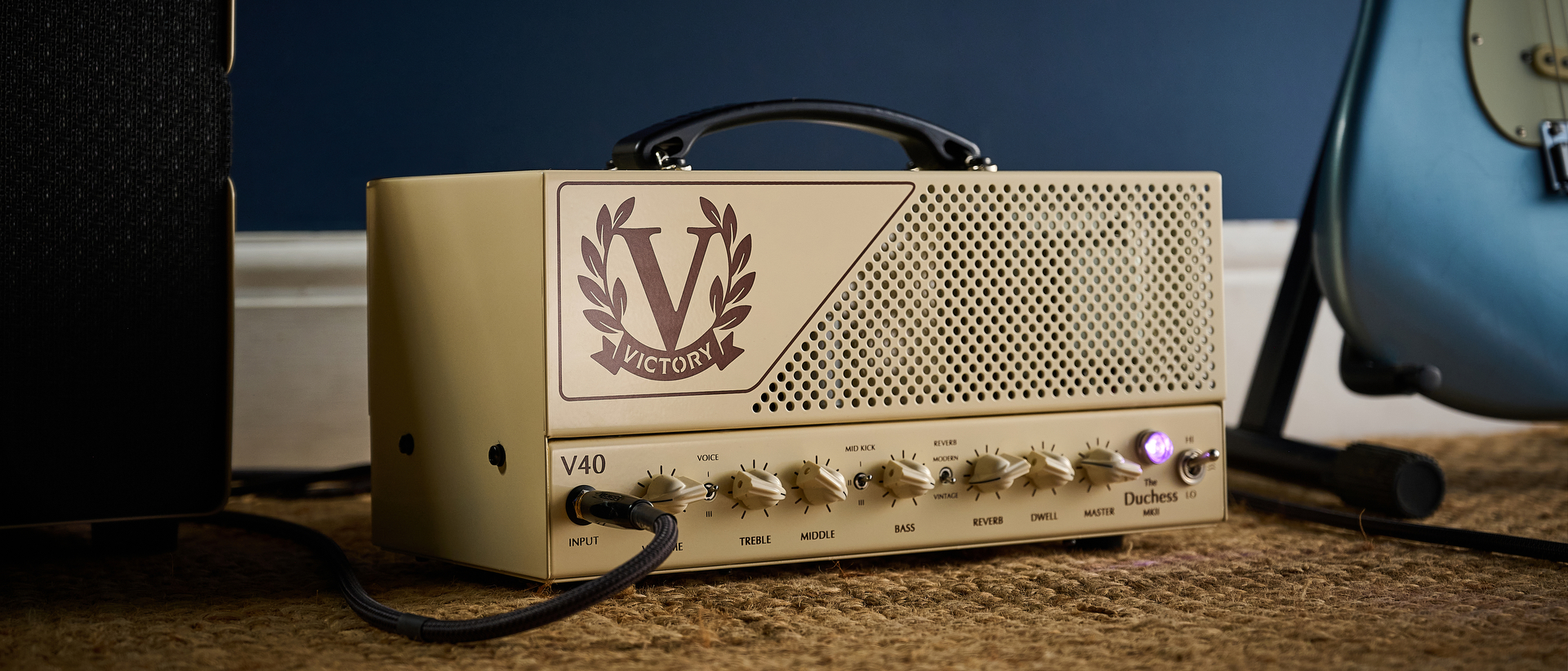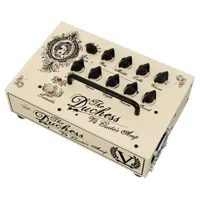Guitar World Verdict
The Duchess V40 Mark II’s combination of a lively clean that can be pushed to the edge of breakup and a balanced EQ that forms a foundation that can be tweaked to suit any pedal setup makes for an amp that will show off any pedalboard at its best. With a lush reverb to boot and the bonus of a tremolo on the Deluxe, as a pedal platform amp, it’s hard to ask for anything more.
Pros
- +
Excellent pedal platform.
- +
Great reverb and tremolo.
- +
Lunch Box is small.
- +
Master volume allows for breakup at low levels.
Cons
- -
Some features recessed behind the back panel of the Deluxe are a little hard to access.
You can trust Guitar World
What is it?
In terms of brand names, Victory is a relative newcomer compared to the likes of Marshall, Vox, and Fender. But, with tones from the brain of its renowned and experienced chief designer, Martin Kidd, Victory has nonetheless made a sizeable splash in the market since its 2013 launch, with the likes of Guthrie Govan, Richie Kotzen and Rabea Massad featuring among its artist roster.
With a lineup of well-loved amps such as The Countess, the AC30 styled Copper, the Marshall-esque Sheriff, and the high-gain monster that is the Kraken, it’s one of its best-selling - The Duchess - that is getting some attention in the form of an updated Mark II version.
And it’s fair to say the Mark II has a tough act to follow, with the original iteration boasting users that include Chris Buck, Isaiah Sharkey, and James Bay, plus a reputation for being a fantastic amp for pedals, thanks to a tone that can be tweaked via its three-band EQ, a Voice switch, and Mid Kick switch.
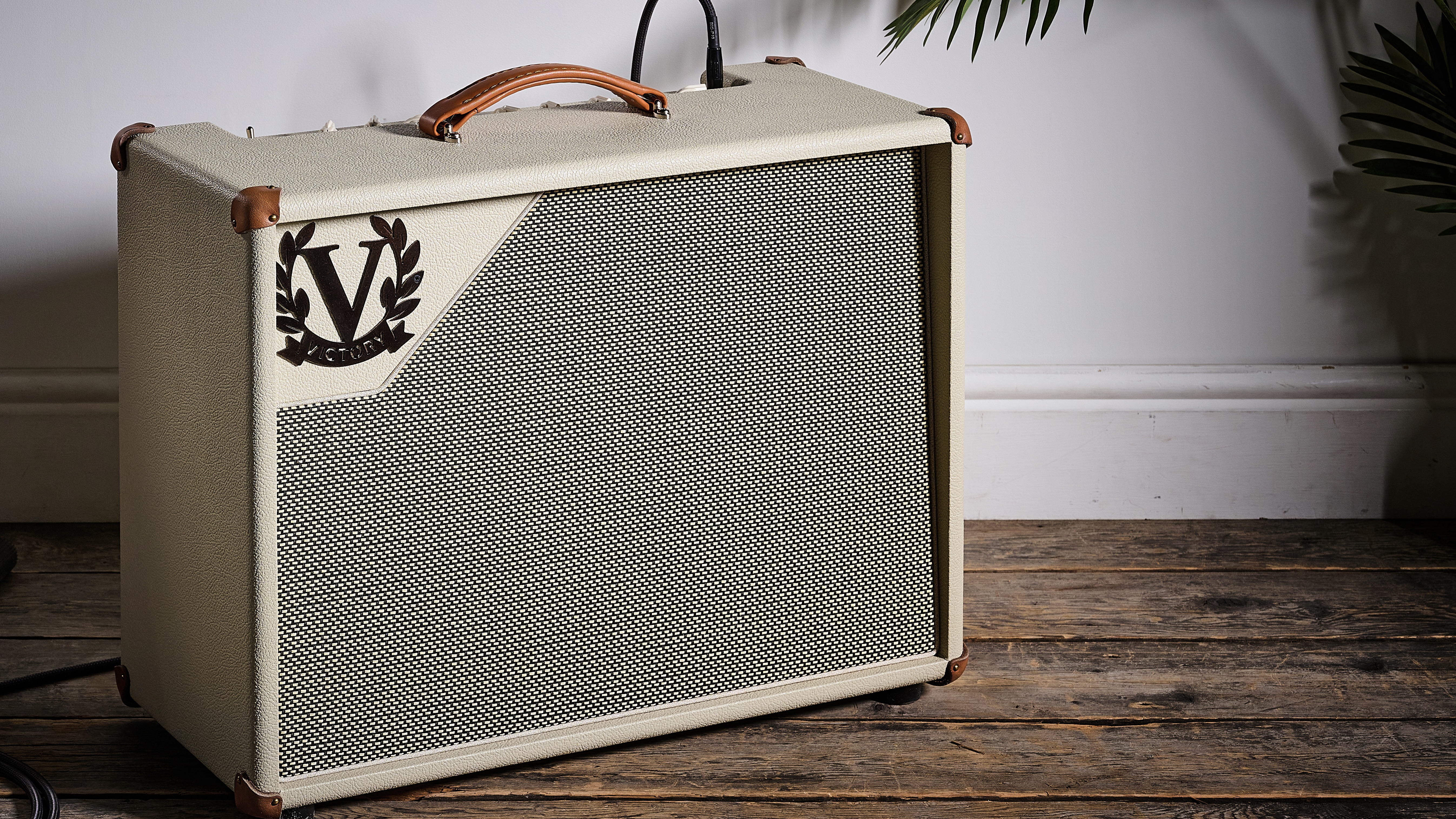
So, what’s to fix if it ain’t broke? Well, nothing, but that doesn’t mean there isn’t room for a bit of tweaking. In 2024, Victory celebrated its 10th anniversary by launching two high-end amplifiers - the MK Clean and the MK Overdrive. This evolution sees some of the aspects of the MK Clean applied to the Duchess MKII range, which includes the V40 Compact Head, the V40 Deluxe Head, the V140 Super Duchess, and the two we have for review, the V40 Lunch Box Head and the V40 Deluxe Combo.
The changes center around upgrades to the amp's gain and tonality options,, with an additional third position on the Duchess' Voice control, an extra increment on the Mid kick toggle, plus improved reverb options.
The Lunch Box head is the most affordable of the bunch, saving some cash with a slimmed-down, no-frills, metal chassis. Conversely, the Deluxe Combo is the most expensive (as expected, being the only combo in the range) but also features a tremolo circuit and a slightly different tube setup. Let's make some noise and see how this new iteration sounds.
Specs
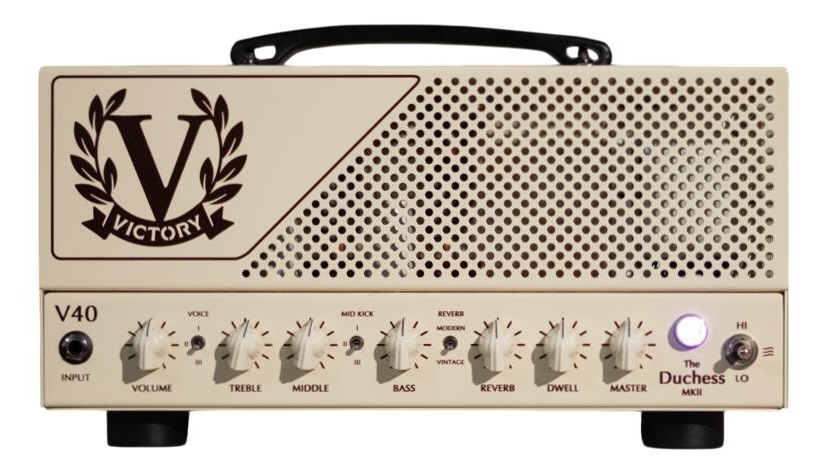
- Launch price: Lunch Box head $1479/£1249/€1489 Deluxe combo $2849/£2599/€3099
- Type: Compact tube amp head and tube amp combo
- Origin: UK
- Output: 42 Watts
- Speaker: 12" Celestion G12H-75 Creamback (combo)
- Channels: 1
- Controls: Three band EQ, Voice switch, Mid Kick switch, Dwell, Reverb, Volume, Master (both) tremolo Depth and Speed (Deluxe only)
- Connectivity: 1/4" jack
- Footswitch: Dual, reverb, and tremolo (Deluxe only)
- Weight: Lunch Box head 18.1Lbs/8.2kgs, Deluxe combo 49lbs/22.3kg
- Dimensions: Lunch Box head 342x185x185mm/13.4x7.2x7.2", Deluxe combo 600x453x250mm/23.2x17.8x9.8"
- Contact: Victory
Guitar World demo
Build quality
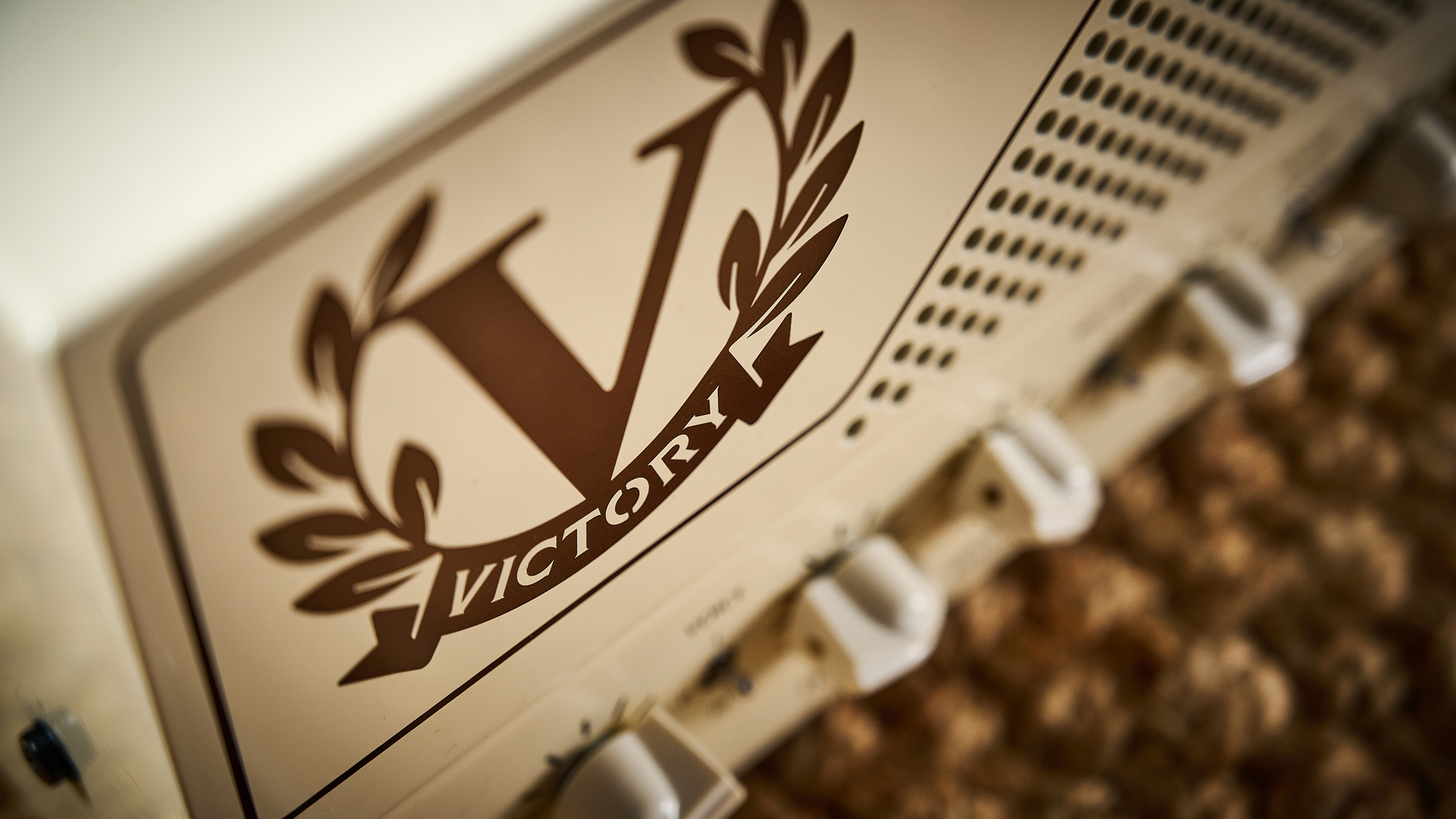
Build quality rating: ★★★★★
All the latest guitar news, interviews, lessons, reviews, deals and more, direct to your inbox!
Tube amps are, at their core, an old technology. The benefit of which is that we know how to build 'em. Starting with the Deluxe combo, it features a tank-like wooden construction with a sturdy leather handle that feels comfortable and solid in the hands when lifting all of its 22.3kg weight. There's more leather protecting those corners, too, giving the impression of an amp that can handle a busy gigging life.
More than just functional, it's an amp that is also, in my view, aesthetically pleasing with a classy cream finish on both the Combo and Lunch Box. The one downside with this is that colors of a lighter nature inherently show marks a bit more readily. To mitigate this, you may want to get a hold of a cover to transport the combo in, but happily, the Lunch Box head includes a rather handy carry case.
Speaking of the Lunch Box, it is instead a metal construction, but it also feels sturdy and equally capable of withstanding being chucked into the back of a van. It’s a bit more industrial in its appearance, lacking the premium feel that wood and leather bring to the combo. In return, we save a bit of money.
Metal is a better conductor of heat than wood, so the chassis does get hot after use. If either of these metal chassis-related compromises is a deal breaker for you, the aforementioned Compact Head may be a better fit for your preferences.
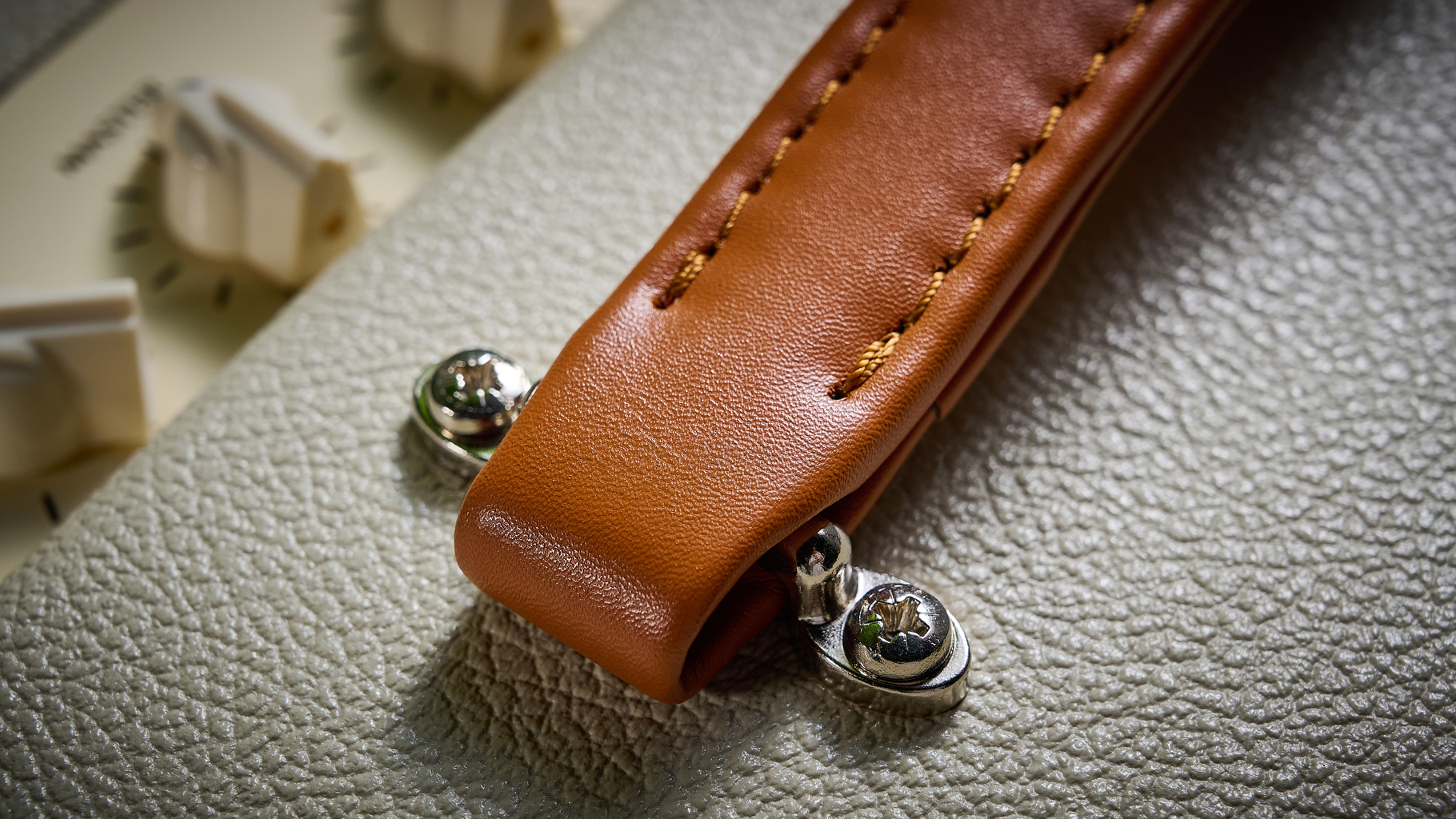
Furthermore, the Lunch box, as you would expect from the name, is small at 342x185x185mm. Guthrie Govan, in his involvement with the production of Victory’s The Jack amplifier (now called The Countess), requested that it be small enough to fit into the overhead compartment on a plane, and Victory's Lunch Box amplifier range maintains this trend.
Power-wise, both amps are armed with 42 Watts. In the case of the Duchess Deluxe Combo, this is courtesy of two 6L6’s in the power stage, with the preamp featuring a duo of ECC83’s and two ECC81’s (one ECC81 driving the reverb). The Lunch Box instead achieves this with two EL34’s in the power stage. The preamp is also a little different, consisting of three ECC83’s.
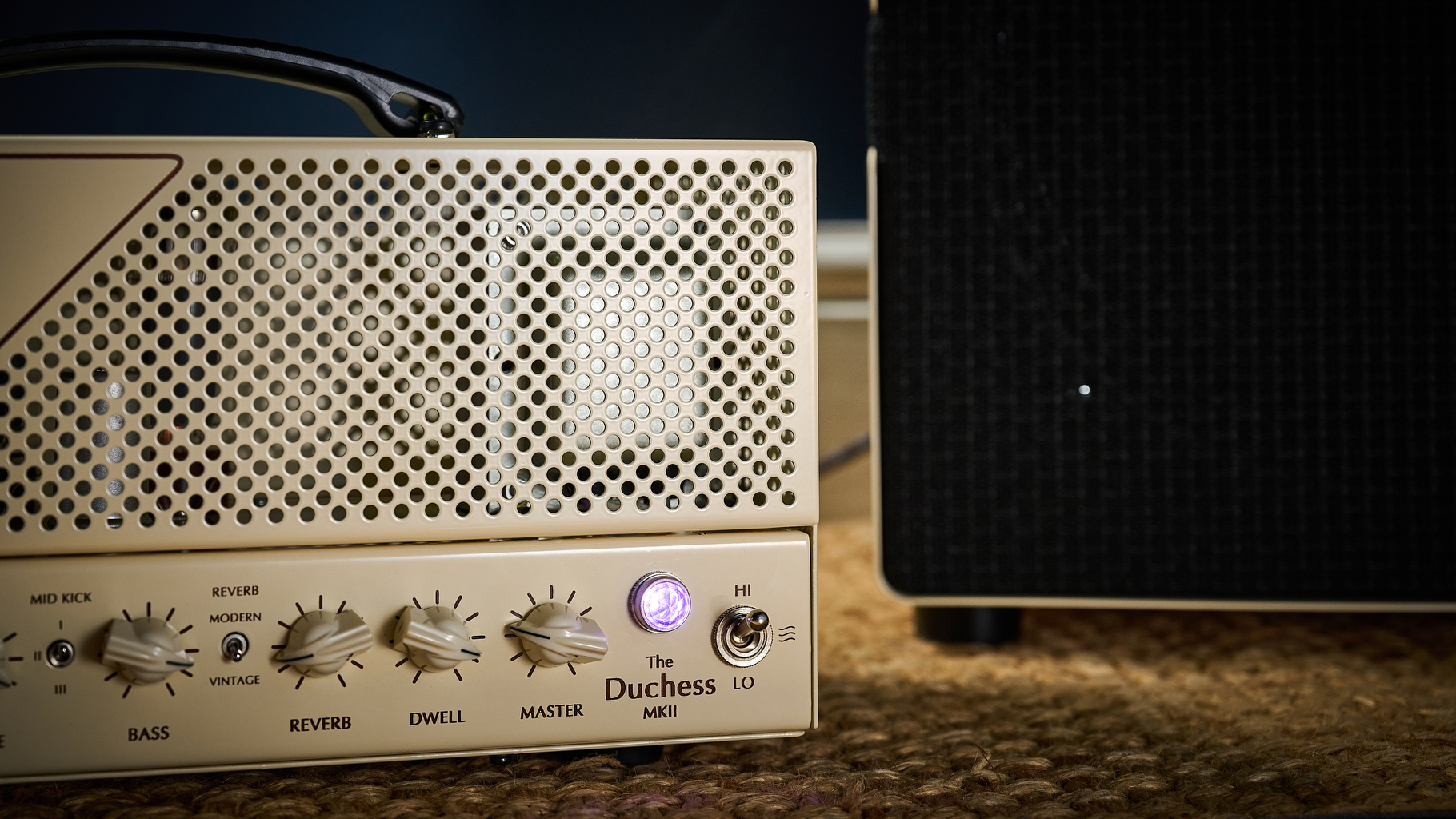
Other differences between the two amps include a tremolo circuit and real, valve-driven spring reverb in the Deluxe, whereas the Lunch Box sports a digital reverb and no tremolo.
Moving on to the front panels of the amplifiers, all the switches are about as sturdy as can be asked for, moving with a reassuring clunk. Equally as sturdy are the knobs, which all turn with the sort of resistance indicative of a hard-wearing component.
And hard-wearing is a good term to round up the general feel of both these amplifiers. Combine this with their classy cream aesthetic and well-thought-out features, and the result is a pair of reliable gigging machines.
Usability
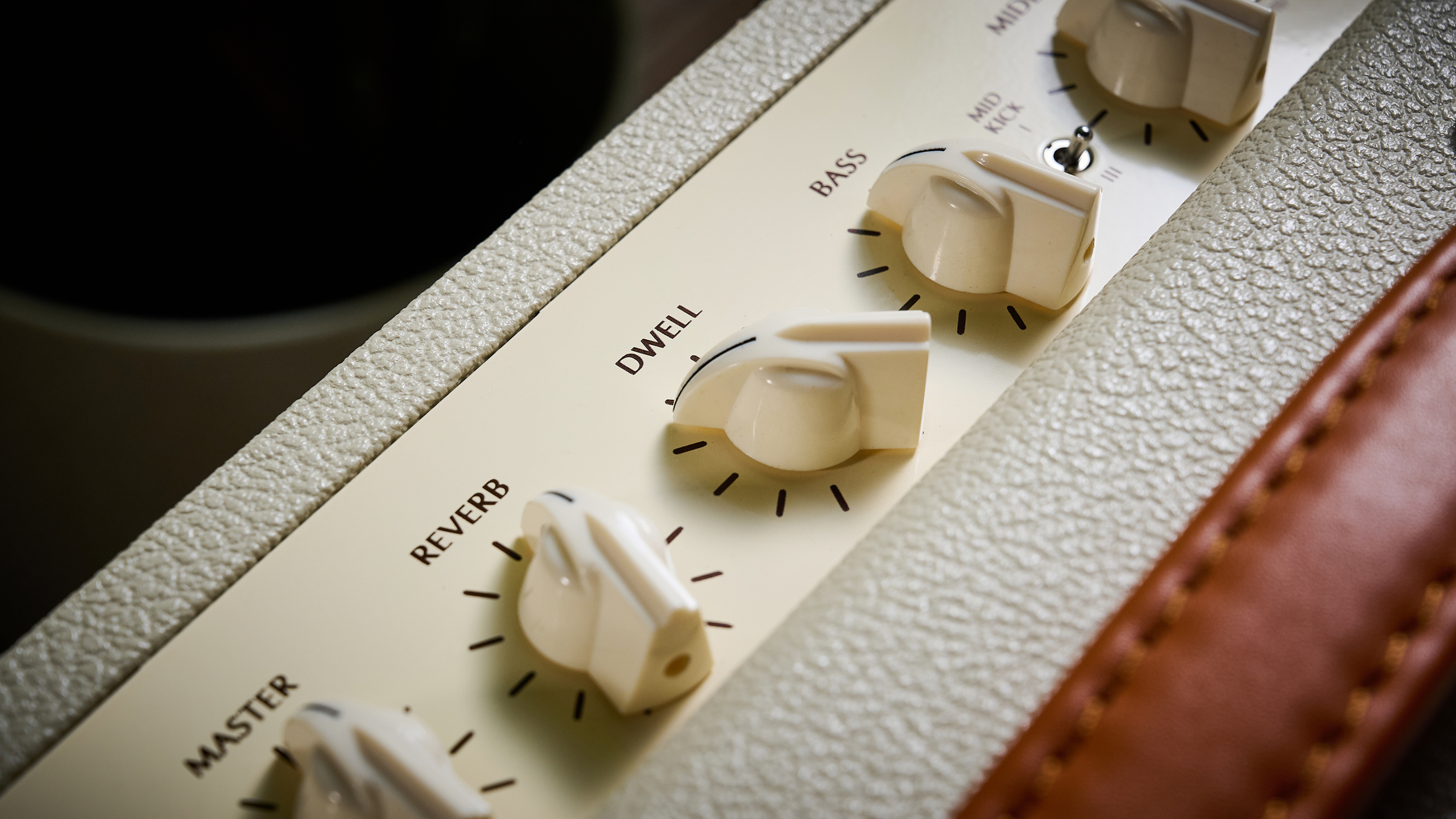
Usability rating: ★★★★½
Generally, another benefit of a tube amp is simplicity in use. The front panels on both these amplifiers reflect this. We have a three-band EQ, along with the effects controls and a big ol’ LED inside a jewel, reminiscent of a Fender-style amp to let you know that the amp is definitely on.
The reverb controls are labeled Reverb and Dwell, the former controlling the reverb level and the latter controlling the length. The Lunch Box has two reverb modes - Modern and Vintage, with a mini-switch to change between them. All pleasingly self-explanatory, as is the case with the Depth and Speed for the tremolo on the Deluxe.
It takes a little experimenting to understand exactly what each of the three positions of the Voice and Mid Kick mini-switches do. Both affect the midrange in different ways that aren’t indicated on the front panel, so a bit of reading is required. Or better yet, just play around with them and let your ears do the work.
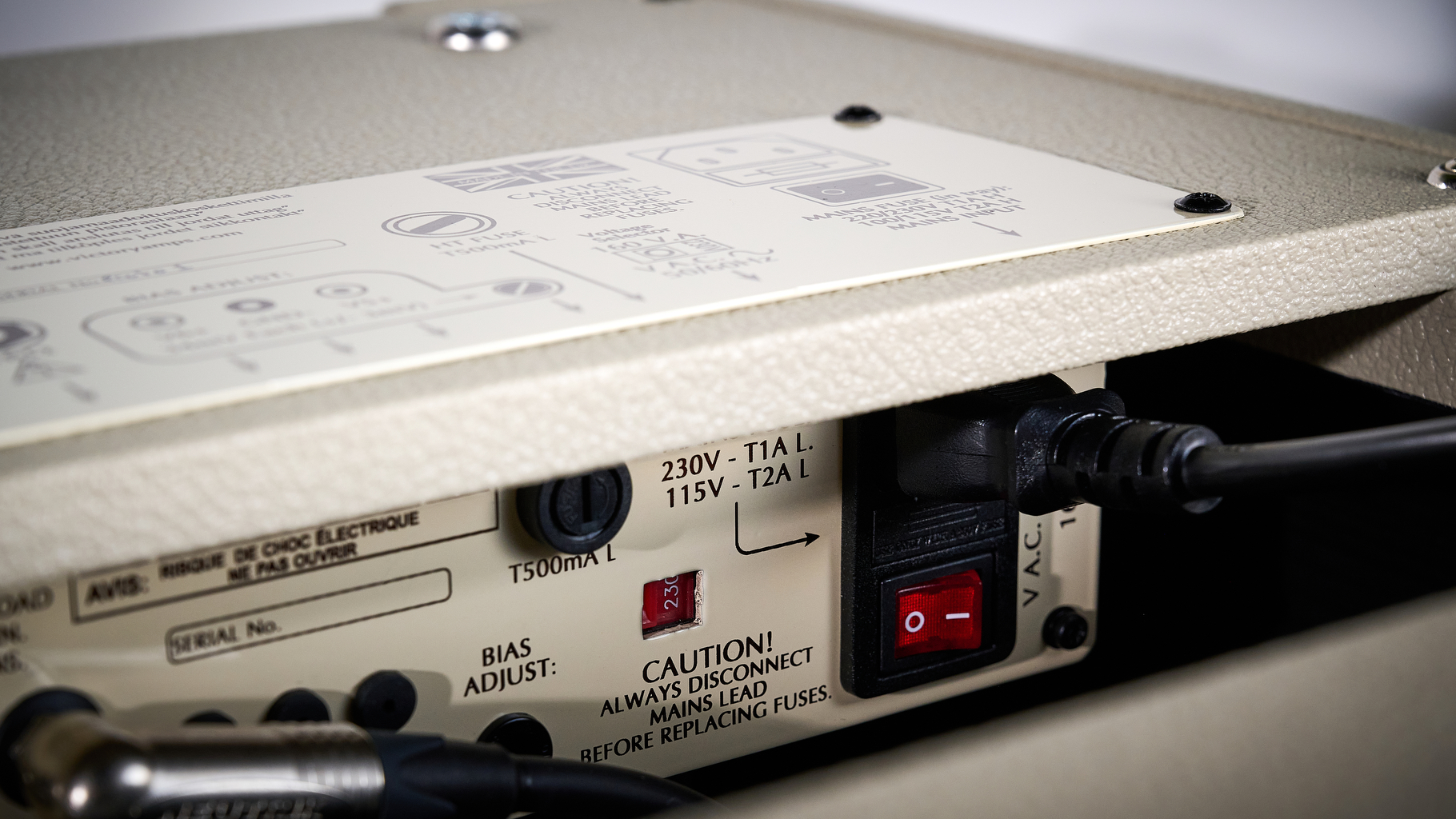
To be fair to Victory, how these switches affect the tone (more on that in the ‘sounds’ section) is probably impossible to succinctly display on a front panel. And, the labels are clear and easy to read, doing a good job of letting you know exactly what position the switch is in.
Moving around to the back of the Deluxe combo, both amps come with the facility to bias for either EL34’s or 6L6’s. Other tone hound features include a bypassable effects loop that completely removes the loop from the circuit. These are adjustments that few will be making, but if you have a preference here, you can rest easy knowing that you are accounted for.
On the combo, the bias control, effects loop bypass, IEC cable connection, and power switch are recessed behind one of the back panels. I found this frustrating, as this location makes these things a little awkward to access.
This is mitigated somewhat by nearby icons and labels, which helpfully guide you to the right area for whatever is needed, but there is still a little hunting to be done.
The Lunch Box, however, is a different story, with all of those features located directly on the back panel. Doesn’t get any easier to use than that.
Sounds
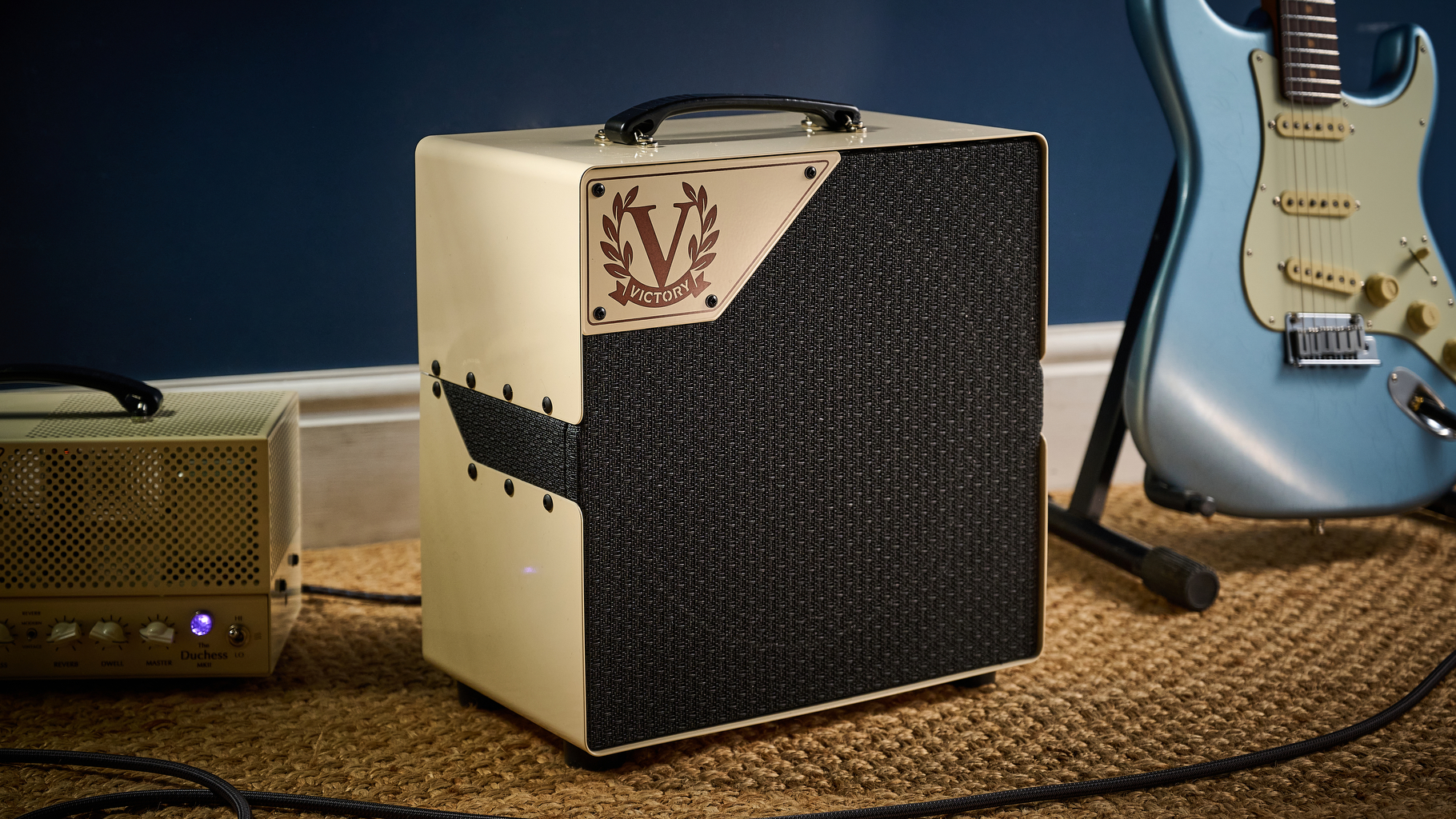
Sounds rating: ★★★★½
Time to make a bit of noise. First, both amps are very similar as expected, given that they belong to the same range. But there are small differences. I’m testing the combo through its Celestion G12H-75 Creamback speaker, but to get a direct comparison, I take some time to run both amps through Victory’s 1x12 Lunch Box guitar cabinet loaded with an 80w Celestion Seventy 80.
The Deluxe has more low-end on tap, a midrange that is slightly more scooped, and it breaks up a bit later than the Lunch Box. These differences are subtle, but something to bear in mind throughout the testing.
Moving on and plugging the combo back into its built-in speaker, the mission here is to start with a stellar clean sound, given The Duchess’s reputation as a pedal platform. A mission that is easily accomplished.
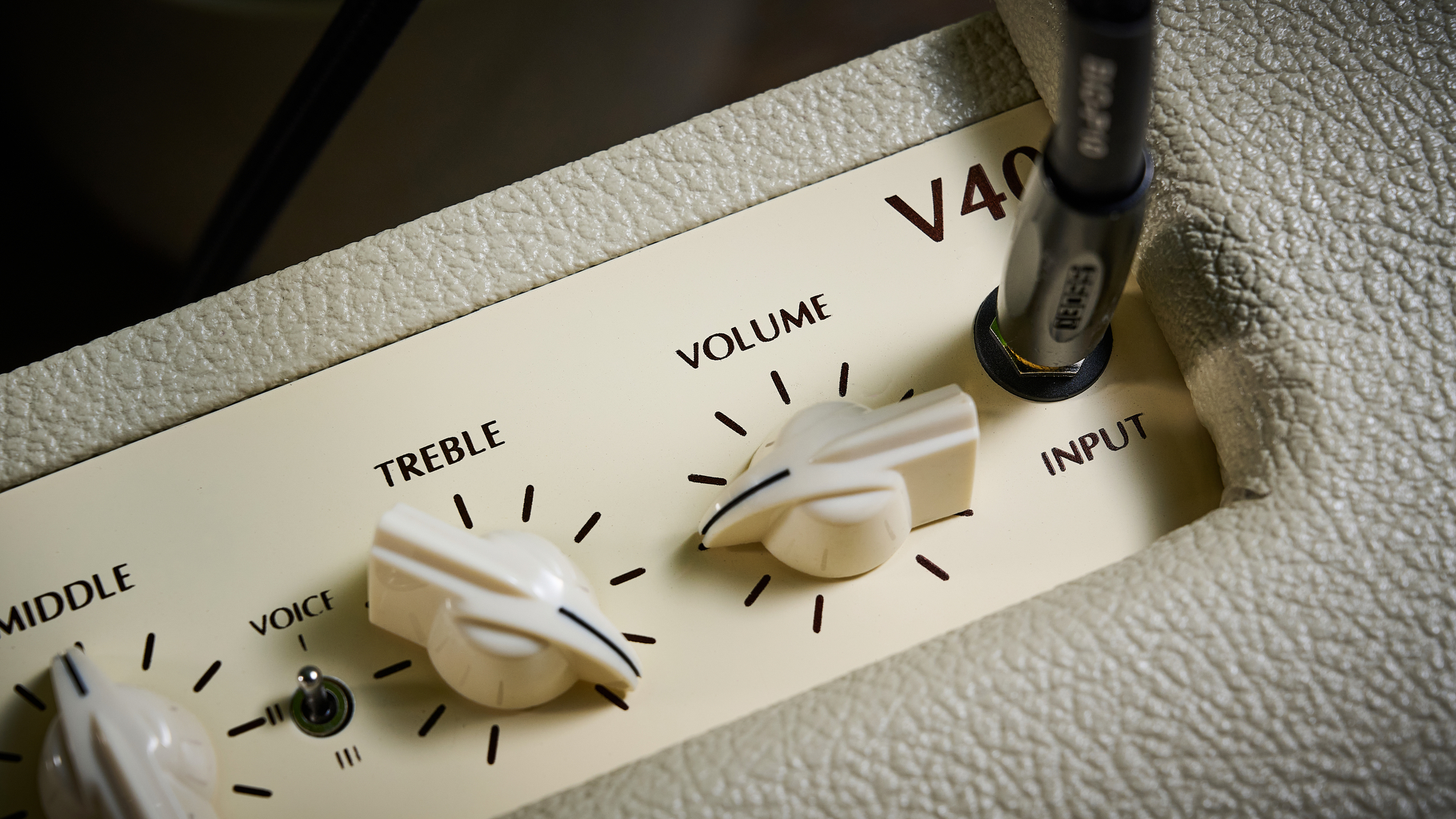
This ease is due to a core tone shared by both amps being well-balanced across all frequencies, with plenty of bass on tap, a sensible midrange, and a high end that is present without being ice-picky. Get the preamp at a level just before breakup, and it is overtones a-plenty, giving the amp a real sense of life but without being too prominent in any frequency. A perfect foundation for those pedals.
The three-band EQ is foolproof. The Bass control has a fair amount of sweep, but the Mid and Treble have a much tighter range. While some may prefer a little more facility here, the flip side is that it’s an amp that is almost impossible to get a bad sound from.
Guitar tone lives in the mid-frequencies, so the extra tweaking offered by the Voice and Mid Kick controls is valuable. The Voice adds a lowish midrange that increases in level as you tick up through the three positions, with position three being the most mid-heavy.
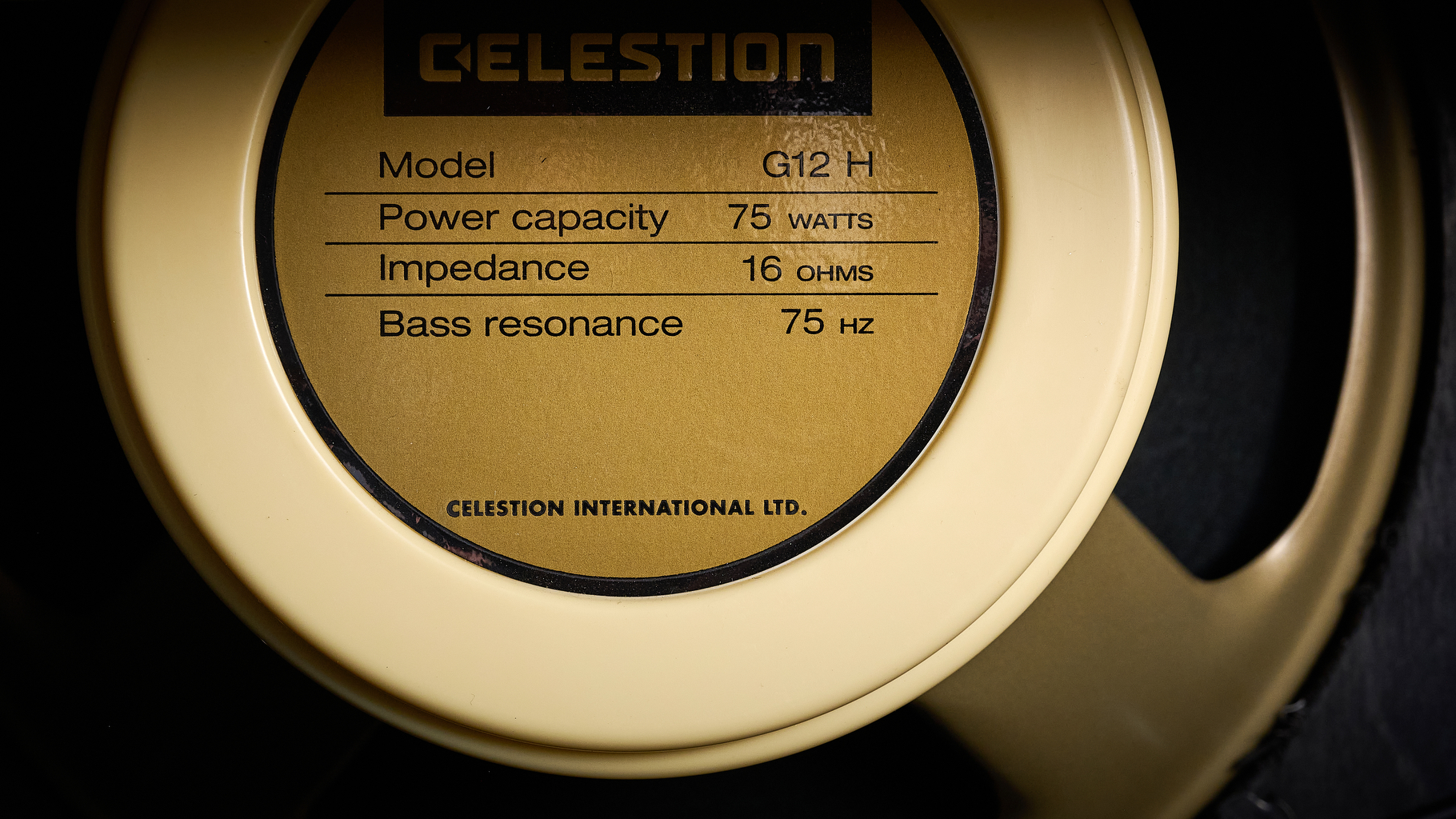
For home playing, I preferred this control in position one; however, playing in a busy band mix, this sort of mid-push is exactly what is needed to punch through.
Obviously, controlling yet more midrange is the aptly named Mid Kick switch, but in an interesting way. Position one is stock, whilst two adds a little more low mid in a lower frequency than the Voice control. Resulting in a fuller-bodied tone, which I found useful for stopping low-gain stuff from feeling too wiry.
Position three brings in a cutting bite to the high mids, which is most apparent when the amp is breaking up a little. It adds some more gain here, helping push the amp into a light overdrive that’s a little more mid-forward, in an almost Marshall-esque type fashion.
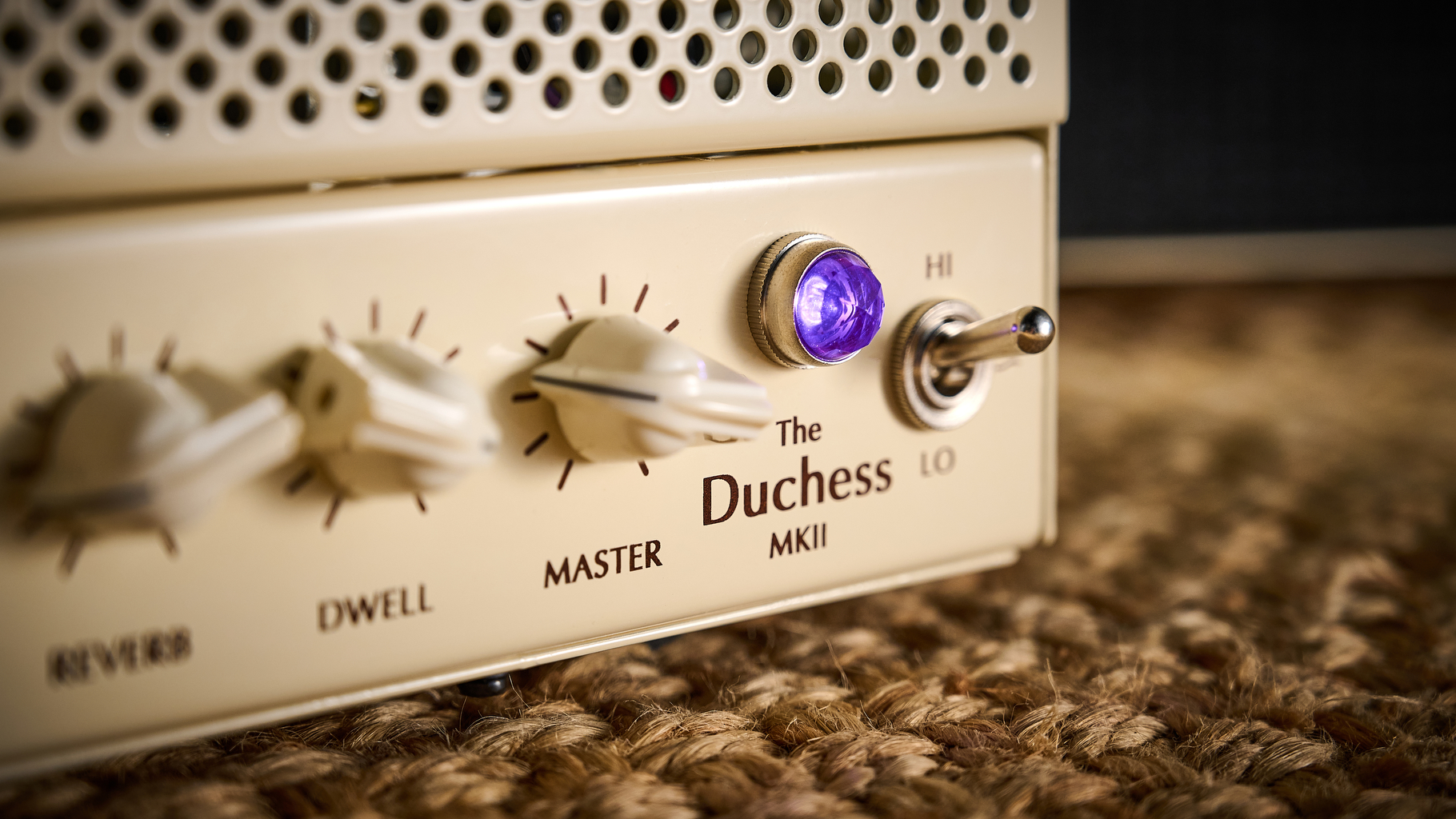
Speaking of drive, one of the Duchess’s strengths is that it reflects what it is given. Using my '51 Custom Shop Telecaster with the amp on the edge of breakup and playing through some Stones-type chords, the tone is quintessential Telecaster with all the bite and cut expected from such a guitar.
Then, plugging in my Gibson Les Paul Classic, the high end rolls off, things get a lot girthier, and the gain moves from the edge of breakup into light overdrive land. Or, in other words, it reflects the Les Paul exactly as you'd hope. All this without going anywhere near the controls on the amp.
It’s this same quality that makes things pedal-friendly. Starting with a couple of overdrive pedals, I’m set up with a Boss Blues Driver and a RYRA The Klone overdrive going into the front of the amp - two completely different styles of gain.
Using the aforementioned Telecaster, I get the volume and EQ into a place that accentuates the balanced response of the amp, and just a little back from the edge of break for a harmonic-laden, lively clean sound.
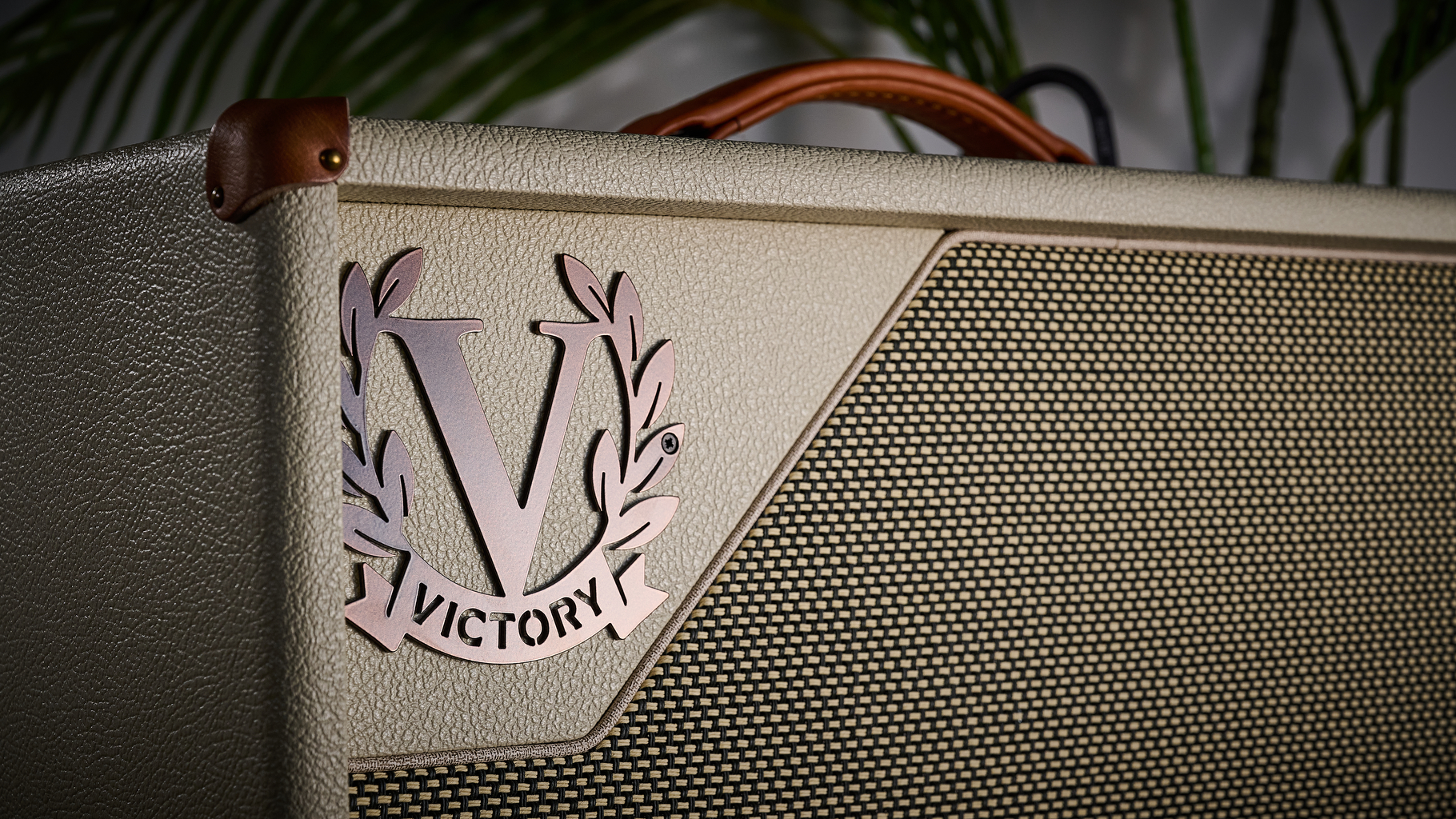
Kicking-on the Blues Driver, the full-range characteristic of this transistor-based circuit comes through with a cutting light drive that’s endless fun for the lower gain sounds. You might want to try position two or three on the voice control to add some low mid to round things off a bit, but I’m enjoying the high end presence of the pedal getting shown off by the amp.
The Klon clone is a different story with a significant mid bump that is perfect for leads. There’s a ton of level on tap with this pedal, which proves useful in boosting the amp into a heavier, classic rock style distortion. With the RYRA doing its thing and moving the Mid Kick to position three, yet more gain is added in the higher mids, resulting in a cutting, saturated lead that's reflective of that Klone thing, with the ability to cut through in even the busiest of band mixes.
And of course, I cannot test a pedal platform amp without a delay pedal. Cue an MXR Carbon Copy in the effects loop. The result is a warm delay as you would expect from an analog circuit, kept uncoloured by drive from the amp or pedals, courtesy of being in an effects loop rather than fed into any overdrive.
The point of all this is that in both the Lunch Box and the Deluxe, the pedal's characteristics are given a platform to shine. The perfect foundation for showing off those carefully considered boards.
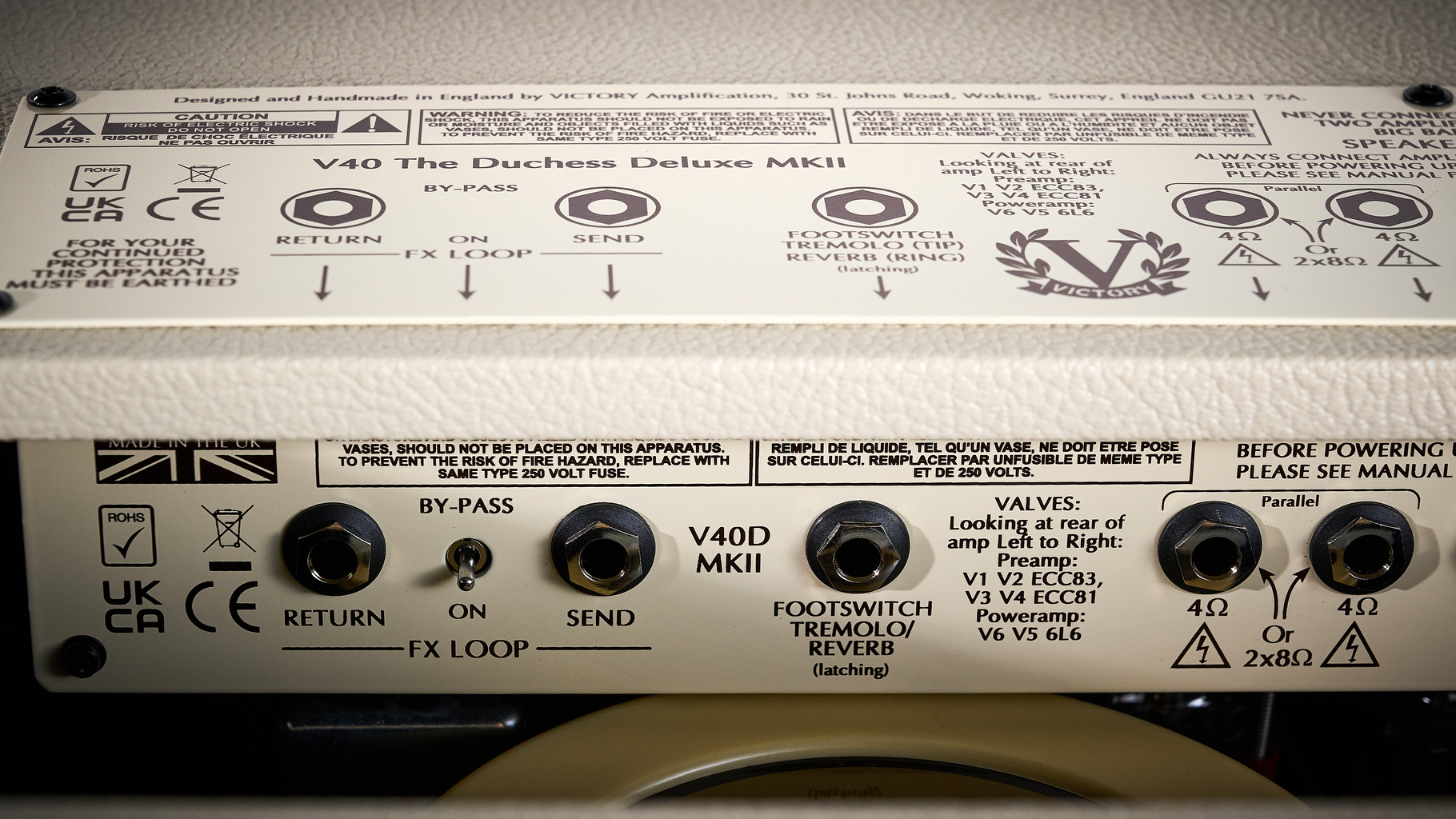
Helpfully, I don’t have to rely on just pedals, as the Duchess features a digital reverb with two voices in the Lunch Box head and a real spring reverb in the Deluxe combo.
The real spring on the combo is lush, with a sound that is scooped to allow your dry signal not to get buried, but not so much as to separate the original sound from the effect. The controls are sensible too, with plenty there for that ambient thing, without ever getting too out of control.
The Lunch Box’s digital reverb is a similar story. Starting with the Vintage sound which is meant to emulate a spring, it is a little darker than its cousin’s real thing, leading me to prefer the clarity in the Deluxe. Bearing in mind that A/B’ing a digital spring with a real one like this is a harsh test, it is still a round, warm, and rewarding reverb.
That said, if I owned the Lunch Box head, I would be more likely to use the Modern setting. Here we have something more akin to a plate-style reverb with a lovely shimmer that is perfect for John Mayer-style clean riffs. (We all know which one I played.)
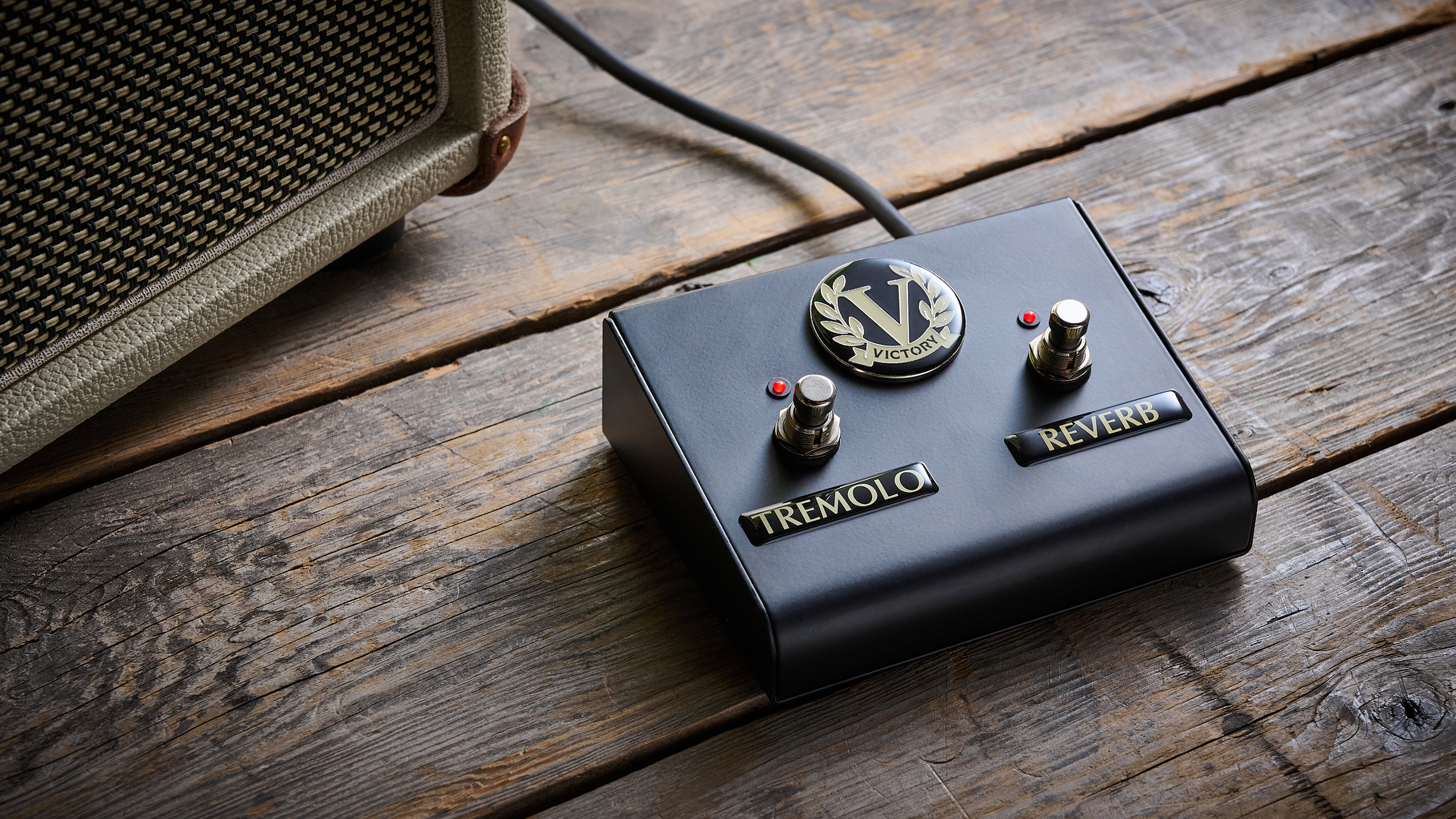
Moving on to the Tremolo in the Deluxe, it's set-up with the usual Depth and Speed controls that take it from a slight, widening movement to all-out Boulevard of Broken Dreams style choppiness, without affecting the underlying tone. It’s a simple tremolo, but one that perfectly executes its purpose.
Now, the tricky thing about tube amps is that they often sound best when in their ‘sweet spot’, which usually requires some volume. For my taste, this was with the Volume set around two o’clock, which, without a Master control, would always be problematic for neighbors, and often problematic for band mates and sound engineers.

Helpfully, The Duchess deals with this via a Master volume dial. Sometimes these controls can have a detrimental effect on the tone, but that isn’t the case here. I still find that a little past ten o’clock on the Master is the minimum needed to get those overtones jumping out, but this could be due to the fact that our ears tend to like a little level.
The last thing to consider is the Low Power mode. Taking the wattage all the way down to a relatively conservative seven watts, this has little effect on the volume, but results in raising the low-end and a good serving of extra compression when the amp is pushed. It almost feels like a cheat code, with that compression making things slightly easier under the fingers.
I do, however, prefer full-power mode, as I find the extra headroom and transient is more reactive to touch and therefore more rewarding to play. But still, a great option to have.
Verdict
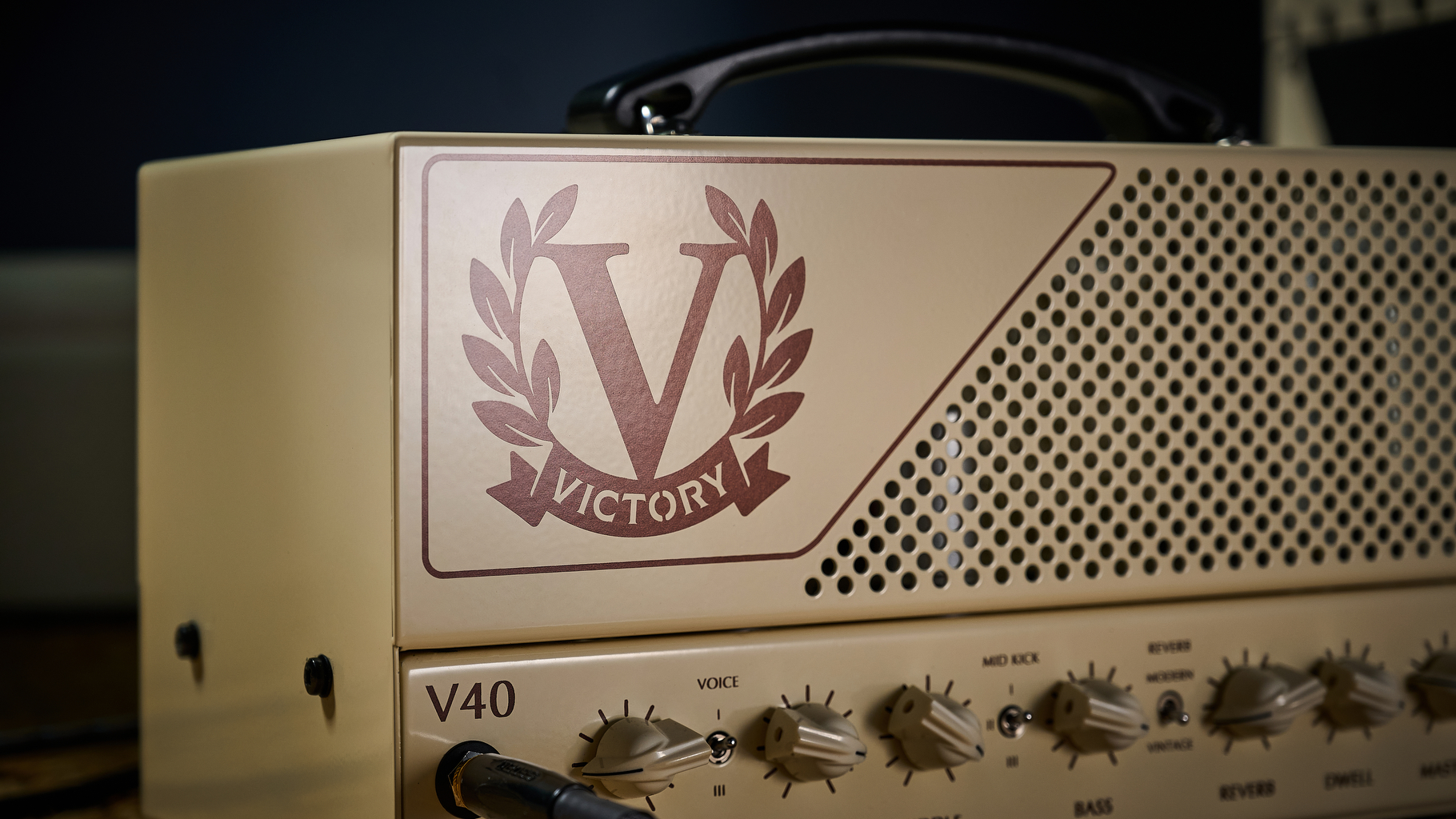
The original Duchess is a high bar to meet. Sensibly, the Mark II at its core retains the winning formula that made the first iteration a success, and adds a few tweaks rather than completely overhauling something that isn’t broken.
The result is an amp that is a pedal-hound’s dream. As a case in point, I happened to be playing a ’60s tribute gig while I had the Duchess in for testing, which, for authenticity's sake, required the use of a Vox AC30. My pedal board then needed some tweaking, with my swapping out the aforementioned RYRA Klone for a T-rex Mudhoney that, for my own personal taste, worked better with the Vox’s signature mid-forward sound.
The result is an amp that is a pedal-hound’s dream
The Duchess, however, sounded great through both iterations of the board, reflecting what I love about both of those drive pedals with ease. A great choice for a pedal platform.
Guitar World verdict: The Duchess V40 Mark II’s combination of a lively clean that can be pushed to the edge of breakup and a balanced EQ that forms a foundation that can be tweaked to suit any pedal setup makes for an amp that will show off a pedalboard at its best. With a lush reverb to boot and the bonus of a tremolo on the Deluxe, as a pedal platform amp, it’s hard to ask for anything more.
Test | Results | Score |
|---|---|---|
Build quality | A construction that feels like it will last, with some nice leather appointments on the combo. | ★★★★★ |
Usability | A few features recessed in behind the back panel of the Deluxe is a little awkward, but every other aspect couldn't be easier. | ★★★★½ |
Sounds | The perfect pedal platform, not the biggest range of adjustment in the three band EQ, but this isn't missed thanks to the Voice and Mid Kick switches. | ★★★★½ |
Overall | A foundation to allow your pedals and guitars to shine - it's hard to ask for more in an amp designed to showcase a carefully put together board. | ★★★★½ |
Also try
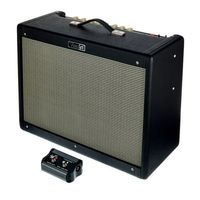
Fender Hot Rod Deluxe
$999/£1049/€1089
We've all played one of these at some point. Popular due to its high headroom and ability to take pedals well, the Hot Rod Deluxe may not have the same shimmering clean tone or break up as the Victory, but it is a great, cheaper alternative for showing off your pedals.
Victory V4 The Duchess
$1049/£799/€299
If you are looking for a direct solution, Victory's V4 range has you covered, with valve-driven, cabinet-emulated pedal versions of its amplifiers that can slot in at the end of your pedalboard.
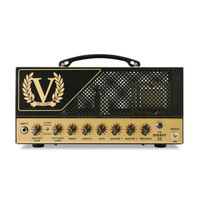
Victory The Sheriff 25 Lunch Box head
$1339/£1079/€1259
For those who like classic tube-driven drive sounds, The Sheriff is Victory's take on the Marshall thing. Featuring the same diminutive Lunch Box dimensions, it's a compact solution for tones from blues crunch to '80s rock.
Hands-on videos
Andertons
Victory

You must confirm your public display name before commenting
Please logout and then login again, you will then be prompted to enter your display name.
